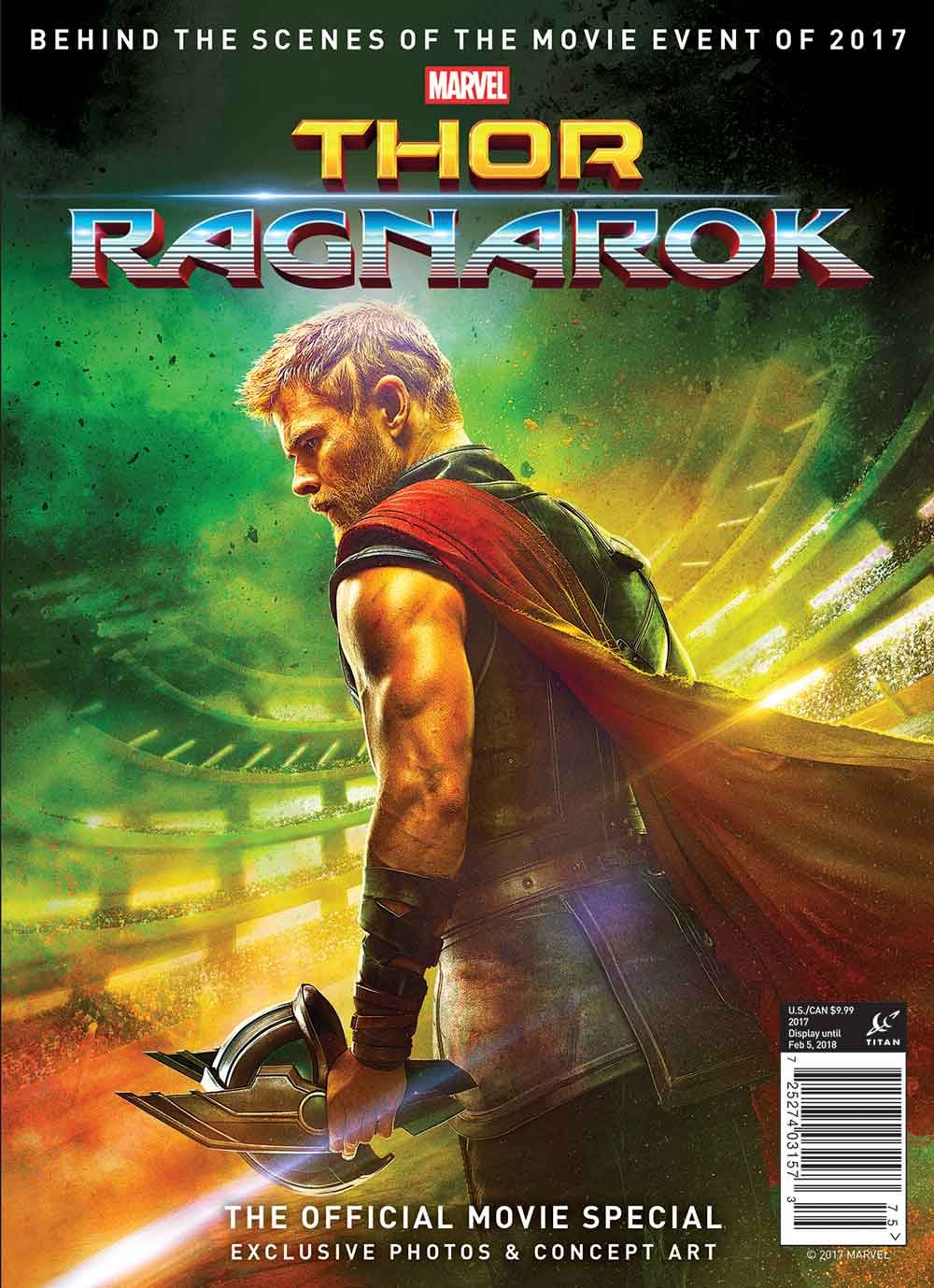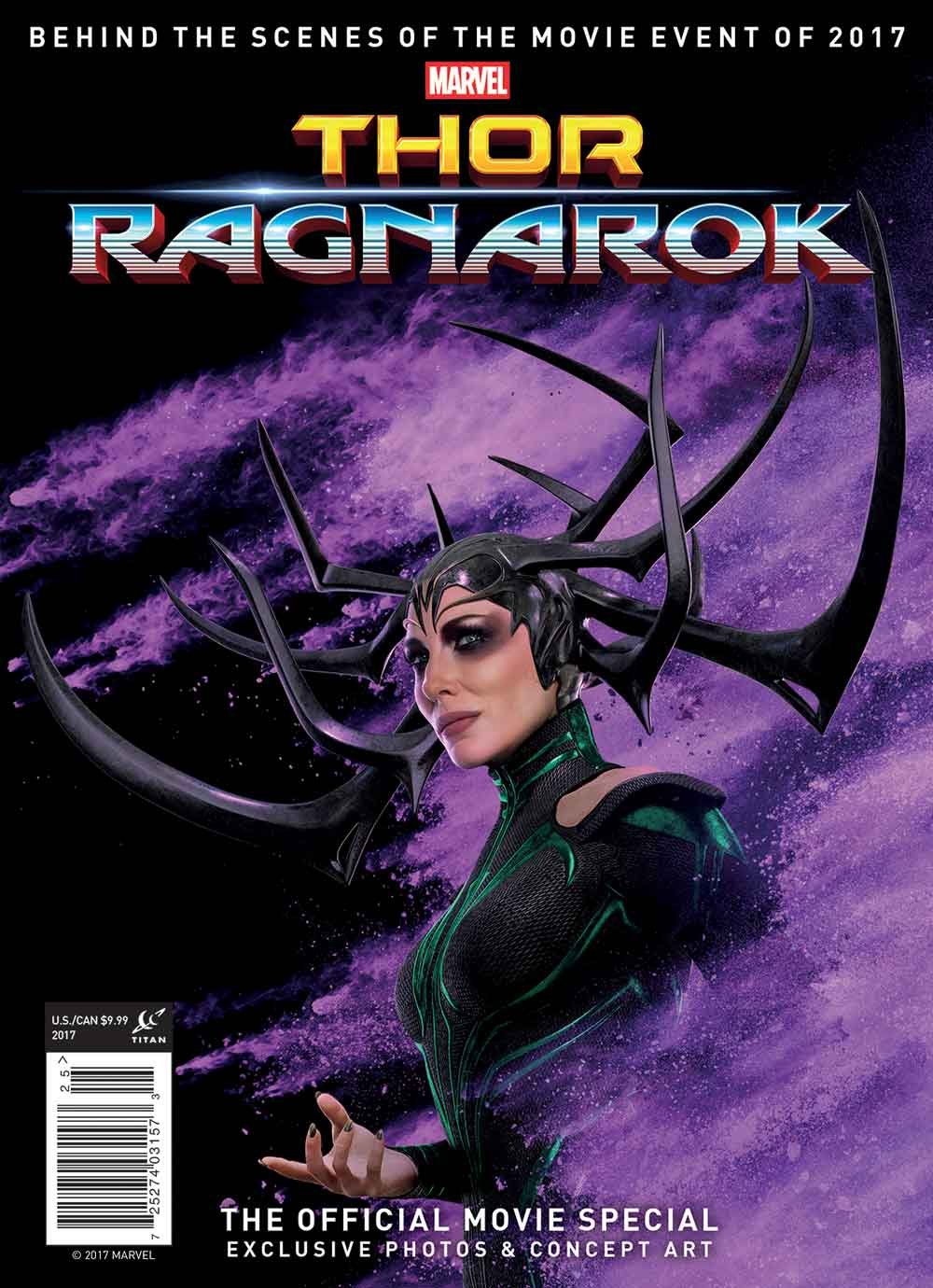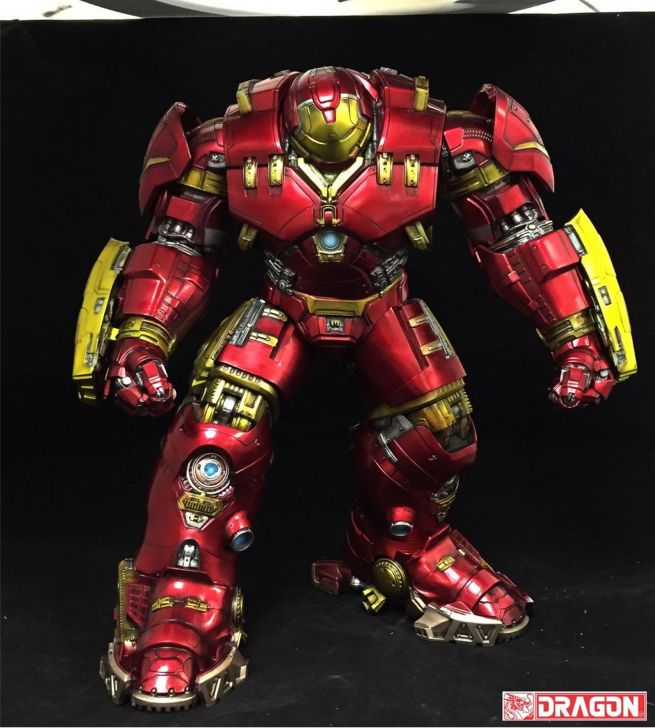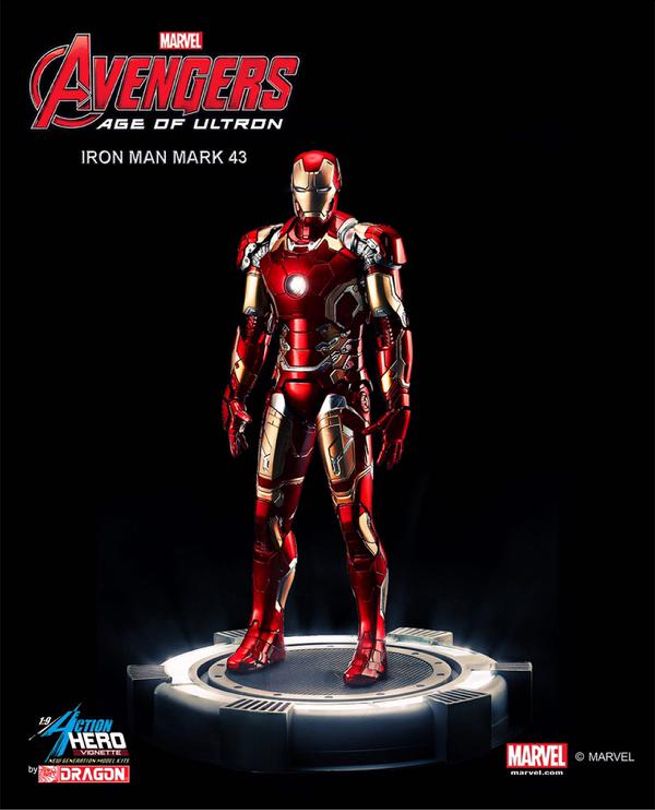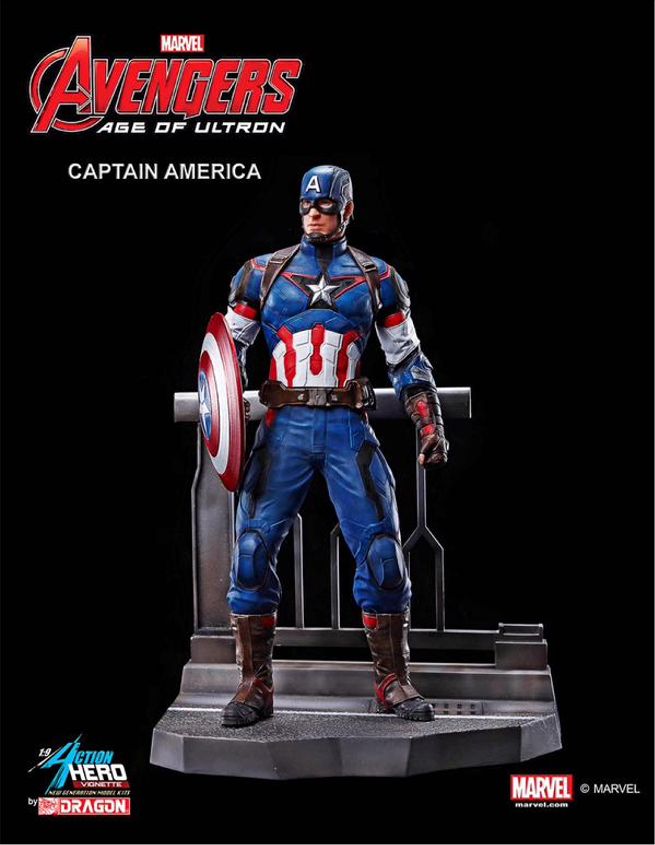By Edward Gambichler
Thor
“…You don’t know what your actions would unleash……”
Frost Giant ( Thor )

When it comes to cinema of the past, comic book adaptations used to have an easier time making the jump from printed page to the screen. There existed an unspoken agreement between the filmmakers and their audience in regards to a suspension of disbelief. The filmgoer of the past did not need a character or concept rooted in practicality ( by way of proven scientific fact or pure common sense ). Nor did they need a film’s premise explained or justified to them when it flew in the face of logic. As the tagline in Richard Donner’s “Superman: The Movie” (1978) stated, “You’ll believe a man can fly”. Not just because of the special effects wizardry of the various production technicians, but by the audience’s willingness to be carried away by the illusions crafted by these FX masters. Fantasy was always taken at face value. Today’s film audiences, however, seem unable to make that great leap of faith that is required for the success of these comic book properties. Now the average filmgoer wants the subject matter to adhere to a certain amount of plausibility found only in the laws of their “real world”. Simply put, “If you want me to believe a man can fly, you better explain to me how the hell he can do it”.
Now, in 2012, the filmmakers behind the upcoming movie, “The Avengers” ( 2012 ) , must navigate that viewer mindset and the limits it places on them. With the release of “Iron Man” ( 2008 ), “The Incredible Hulk” ( 2008 ), and the upcoming movie , “Captain America: First Avenger” ( in July ), Marvel Studios inches closer to realizing its goal of depicting a shared cinematic universe between its characters ( something that has never been attempted by any other comic company before). And although the individual main characters between these properties have been made cohesive at best, the one character that seemed destined to rock the “plausibility” boat is the character of “Thor”. The technology of armored battle suits depicted in “Iron Man” are reflected in actual military projects such as the Raytheon Sarco exoskeleton.

And the subject of human enhancement depicted in “Captain America: First Avenger” and “The Incredible Hulk” is reflected in today’s stem cell research as well as developments in human growth hormones. “Thor”, on the other hand, has its origins in Norse mythology and not science. Also, the fact that Thor is one of the founding members of the Avengers, makes the task of bringing him to celluloid life that much more difficult. The fans expect him to be in it, and in their eyes it will not be a true Avenger’s movie if filmmakers have to shoot around him. Yet despite these hurdles, Marvel Studios ( under the unlikely direction of Shakespearean actor Kenneth Branagh ) released Thor in theaters last Friday.

Thor is the story of an extra-dimensional race of beings known as the Asgardians. There existence on Earth ( known to them as “Midgard” ) is known only through Norse mythology where they were worshipped by early Man as gods. Asgard, along with Earth, is part of the “Nine Worlds” that make up what is known as the “Tree of Life”. These worlds are separated by an inter-dimensional gateway, a “rainbow bridge” known as the “Bifrost” ( which is guarded by an omniscient sentry called Heimdall, played here by Idris Elba of HBO’s series, “The Wire” ). Long ago, Asgard went to war with one of the Nine Worlds, an ice-encrusted planet known as Jotunheim ( occupied by a race known as the Frost Giants ) in order to stop their invasion of Earth. At the conclusion of this war, an uneasy truce was brokered by Odin, ruler of Asgard ( played by Academy Award winner Sir Anthony Hopkins )and Laufey, ruler of Jotunheim ( played by Colm Feore of Showtime’s “The Borgias”. In order to force Jotunheim to adhere to the truce, Odin confiscated the source of their powers ( an ancient relic known as the “Casket of Ancient Winters” ).

The movie begins as Odin enters the “Odinsleep” ( a period of hibernation which serves to rejuvenate his powers ). He chooses as his successor to the throne his warrior son , Thor ( who wields a mystical hammer known as Mjolnir which gives him superhuman strength, the ability to fly and control over the atmospheric elements ). The proceedings are interrupted by three Frost Giants who have broken into the trophy room containing the Casket of Ancient Winters. Although the three giants are killed by an armored sentinel called the Destroyer, Thor ( played by actor Chris Hemsworth ) becomes incensed by the breach of Asgard’s walls. Despite Odin’s wishes to maintain the truce, Thor resolves to cross the Bifrost and invade Jotunheim and strike back. He is aided by his close friends, Lady Sif ( played by Jaimie Alexander ), Volstagg ( Ray Stevenson ), Fandral ( Joshua Dallas ), Hogun ( Tadanobu Asano ) and Loki, Thor’s brother who is trained as a sorcerer and is second in line to the throne of Asgard ( played by Tom Hiddleston ). A fever pitched battle ensues between the four and King Laufey’s forces ( despite Loki’s pleas for Thor to withdraw and honor their father’s treaty ). Before the fray escalates further, it is interrupted by Odin on horseback, who orders the four back to Asgard. As punishment for his arrogance and for disobeying his decree ( placing all of Asgard in danger as a result of his actions ), Odin strips Thor of his power and banishes him to Earth. He also sends Mjolnir on the other side of the Bifrost to Earth as well ( with the condition that , henceforth, only a person who proves himself worthy would be able to wield its power ).

Thor and Mjolnir both wind up in New Mexico. Thor is soon discovered lying in the middle of the road by Jane Foster ( played by last year’s Academy Award winner for Best Actress Natalie Portman ), an astrophysicist who was in the middle of tracking the wormhole anomaly which brought Thor to Earth. Along with her mentor, Erik Selvig ( Stellan Skarsgård ) and assistant, Darcy ( Kat Dennings ), she gives Thor shelter. On the other side of town, a large group of locals try to remove Mjolnir from the ground. Due to Odin’s spell, however, they are unable to make it budge. The crash site is soon placed under quarantine and the jurisdiction of S.H.I.E.L.D. ( the anti-espionage government agency which serves as the underlying thread through all of Avenger’s films ). Once Thor discovers Mjolnir’s location, he storms the S.H.I.E.L.D. compound to take it back. Despite overpowering a whole unit of S.H.I.E.L.D. agents, he is unable to lift Mjolnir from the ground and is taken into custody and interrogated by Agent Phil Coulson ( Clark Gregg ), S.H.I.E.L.D. director Nicholas Fury’s right hand man ). To make matters worst, Loki ascends to Asgard’s throne and refuses to lift Odin’s ban on Thor. It seems Loki ( who has secretly harbored a deep jealousy of Thor ) is in liege with Laufey and the other Frost Giants and was behind the attempted break in of the trophy room. Loki soon dispatches the Destroyer to finish off Thor once and for all, a move that soon places the whole town of New Mexico in mortal danger. Thor must find it in himself to be worthy of Mjolnir, in order to stop Loki’s final plan and protect his new found friends. What surprised me the most about this film was how well director Kenneth Branagh handled and respected the material, hitting all the right “fanboy” notes.

When I heard that the producers had hired him to direct, I didn’t know what to think. Known primarily for his adaptations of the works of William Shakespeare and indie films, he’s not exactly the traditional choice to direct a summer blockbuster ( let alone a comic book adaptation ). However, he balances all the performances as well as the various elements and plot devices with an assured hand. Also, I felt the explanation of the Asgardians as a race of extra-dimensional beings rather than deities went a long way in anchoring the film in the common scientific ground of the other Avenger films. What makes this film come alive though is the performances of its two leads, Chris Hemsworth and Tom Hiddleston. Not since Christopher Reeve in Superman: The Movie has there been a case of an actor so suited to a role than these two actors. Hemsworth rises to the occasion and portrays Thor with the right mixture of arrogance and charm ( as well as deftly handling the comedic elements of the “fish out of water” aspect of Thor’s arrival on Earth ). And Hiddleston avoids playing Loki as a one note villain and conveys both sympathy and treachery in equal and nuanced measures. It is going to be a treat watching these two go head to head next year in “The Avengers” ( 2012 ). Also, do not forget to stay after the closing credits for a scene that ties the film to Captain America and gives audiences a clue as to a major plot point in next year’s movie.

